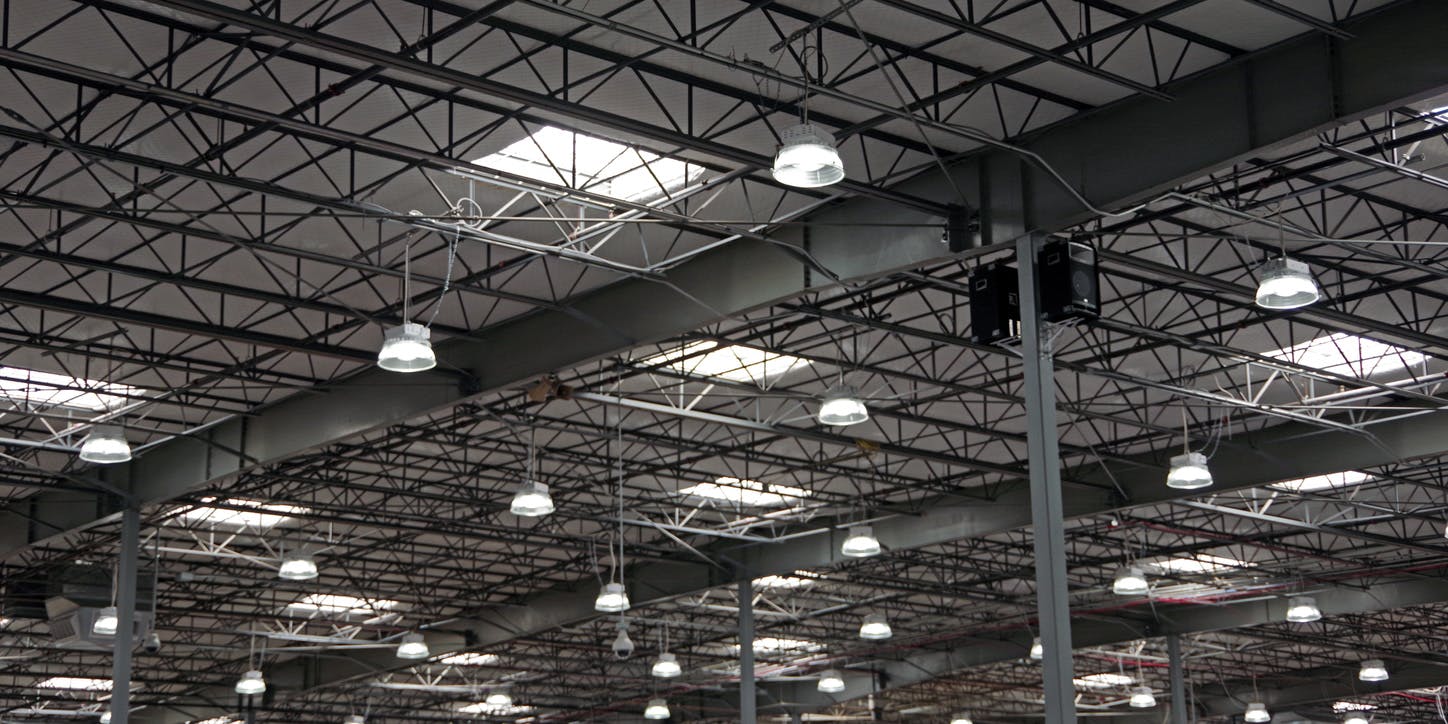August 20, 2020
Some amount of automation in warehousing and distribution centers is getting to be the norm, not the exception. However, the level of warehouse automation differs by location and need. Dark warehouses are increasingly on the horizon, yet full automation may be farther away than some may like, given the fine-tuning needed to get there, and given the cost.
What are dark warehouses?
The image of the dark warehouse is a lights-out facility. The actual concept, though, is a little different. It includes warehouse execution systems doing the work without the actual warehouse workers. It’s run with automated storage and retrieval systems, high-speed conveyor belts, internet of things (IoT) sensors to guide driverless forklifts in moving pallets. It includes warehouse robots acting as pickers after artificial intelligence configures that picking order and issues instructions. In general, there’s a lack of human input.
Dark warehouses were first described by Ben Ames of DC Velocity, noting that the material handling equipment is fully automated. The described facility is so automated that human labor is rendered useless. In the era of COVID-19, the idea of operating fulfillment centers without human labor is not a bad thing.
The advantages of dark warehouses
Dark warehouses doing order fulfillment use less space, as they don’t need wide aisles for human-driven forklifts, and the warehouse robots can use retrieval systems with bins stacked much higher than typical fulfillment centers use. Robots can unload pallets, picking items and placing them on the high-speed conveyor system to move them to the packing station. Dark warehouses that are partially automated may use human operators for that packing portion, with warehouse managers overseeing issues that arise. This can lower the supply chain cost for human workers and warehouse space. However, the technology costs must be balanced by the cost savings.
Using warehouse robots, the 3PL can operate around the clock, getting packages ready for the trucking portion of their journey.
Dark warehouses need a good warehouse management system (WMS) to track the goods and know where they’re stored. Amazon’s items, for example, are stored in random slots in the storage units, in no specific order. The WMS tracks items’ locations. Amazon Robotics machines, formerly known as Kiva Systems, retrieve the storage units using IoT commands based on artificial intelligence.
Who uses dark warehouses?
Ocado is one example of a British grocery store using warehouse robotics to implement a modified dark warehouse. Their successful use of the technology is leading to them to invest in other robotics startups and selling their technology to other companies. Walmart has also experimented with dark warehouses for grocery fulfillment.
Given the costs of full automation, e-commerce companies or 3PLs considering this technology should understand how it would be used in their situation. It’s expensive to have full automation, especially if the warehouse operations includes picking items of various sizes. Changes in the warehouse configuration would also be expensive and time-consuming. Therefore it’s best suited for warehouse operations with low variability, picking items of similar size and quantity. Dark warehouses are also good for cold or freezer storage systems, to help maintain a consistent temperature in the warehouse space, and because cold storage is not a hospitable environment for human labor.
Stord can help your company find the most efficient warehouse space, cover your trucking needs and provide end-to-end visibility in your supply chain. Let us show you how we can make your warehouse operations easier.




